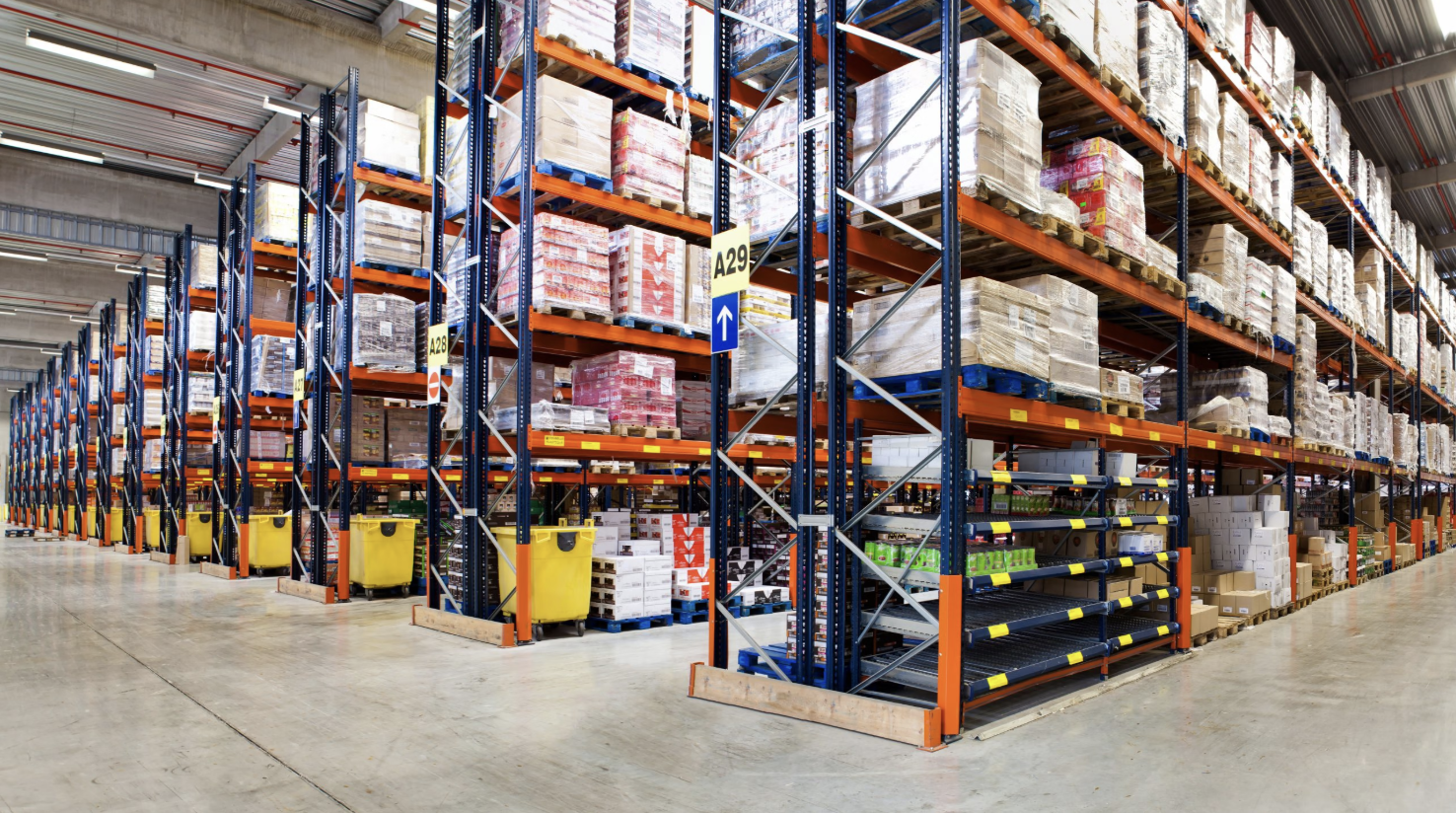
Reevaluating Air Freight: How Higher Costs Can Drive Greater Supply Chain Value
Shippers’ perception of air freight is evolving. Once viewed primarily as a high-cost solution for last-minute delays, air cargo is now being integrated into planned logistics strategies by a growing number of businesses. According to IATA, global air freight demand rose 11% year-over-year in December—marking 14 consecutive months of double-digit growth. By March 2025, capacity had increased by 4.3%, with more than half of global air cargo now traveling in belly-hold space on passenger flights.
Air freight will always play a role as a fast-track solution for urgent disruptions—especially in today’s volatile landscape marked by geopolitical instability, sudden tariff changes, and unpredictable weather. But more companies are beginning to recognize that, when used strategically, air freight can offer long-term value that extends well beyond speed.
Freight Rates Don’t Tell the Whole Story
It’s easy to compare transportation modes on a cost-per-pound basis. On paper, ocean freight typically costs around 3% of a product’s value, while air freight can exceed 10%. But looking only at shipping rates ignores critical financial drivers that directly impact a company’s bottom line.
Factors like inventory carrying costs, time-to-market benefits, and operational downtime can significantly shift the true cost equation. When those variables are taken into account, air freight can often emerge as the more cost-effective option.
The Real Cost Equation: What to Consider
To make smarter logistics decisions, shippers need to evaluate transportation in terms of total landed cost and business impact. Here are key factors to include in your analysis:
- Inventory Carrying Costs
Goods in transit tie up working capital. Ocean shipments can take 30–60 days, while air freight can deliver in 2–5 days—freeing up capital and reducing warehouse costs. - Time-to-Market Value
In fast-paced industries, speed matters. Getting products to market faster can capture additional revenue, especially around seasonal or trend-driven sales cycles. - Cash Flow Improvement
Faster delivery often leads to faster payment, improving the cash-to-cash cycle and overall financial agility. - Downtime and Production Disruption
For industries like automotive, mining, or manufacturing—where just-in-time operations are the norm—delays can be catastrophic. In many cases, the cost of halted production far outweighs the premium of air freight. - Missed Revenue Opportunities
Late inventory can mean lost sales, especially during critical retail windows like holidays or product launches. For instance, if seasonal products like Christmas décor arrive post-holiday, retailers are forced to either discount heavily or carry over excess inventory—both of which erode margins and strain storage.
Smarter Air Freight Starts with Smarter Strategy
The key to cost-effective logistics isn’t choosing a single mode—it’s knowing when each mode makes the most sense. At Inland Transport, Inc., we help shippers assess the timing and business impact of every shipment to build a flexible, hybrid freight strategy that maximizes value.
That might mean:
- Using ocean freight for routine inventory replenishment
- Leveraging air consolidation for time-sensitive but predictable shipments
- Reserving next-flight-out services for critical emergencies
All within the same supply chain—strategically aligned with business priorities.
The Bottom Line
Air freight is no longer just a reactive tool for crisis management. When viewed through the lens of total cost and strategic value, it becomes a proactive lever to:
- Improve cash flow
- Reduce risk
- Accelerate revenue
- Protect customer satisfaction
Inland Transport, Inc. specializes in helping companies rethink their approach to air freight, turning what’s often seen as a cost center into a strategic advantage.
Ready to rethink your approach to air cargo?
Connect with our air freight experts today and discover how a smarter, more strategic air strategy can elevate your supply chain performance.




.avif)